Gallery
Image Type
Morphological Structure
Clades
 Phytophthora gallica (CPHST BL 35) colonies of the ex-type grown for 7 days on (a) V8reg; Agar, (b) potato dextrose agar, and (c) malt extract agar; photo by Krysta Jennings and Leandra Knight, USDA-APHIS-PPQ
Phytophthora gallica (CPHST BL 35) colonies of the ex-type grown for 7 days on (a) V8reg; Agar, (b) potato dextrose agar, and (c) malt extract agar; photo by Krysta Jennings and Leandra Knight, USDA-APHIS-PPQ
Phytophthora gallica (CPHST BL 35) colonies of the ex-type grown for 7 days on (a) V8® Agar, (b) potato dextrose agar, and (c) malt extract agar; photo by Krysta Jennings and Leandra Knight, USDA-APHIS-PPQ
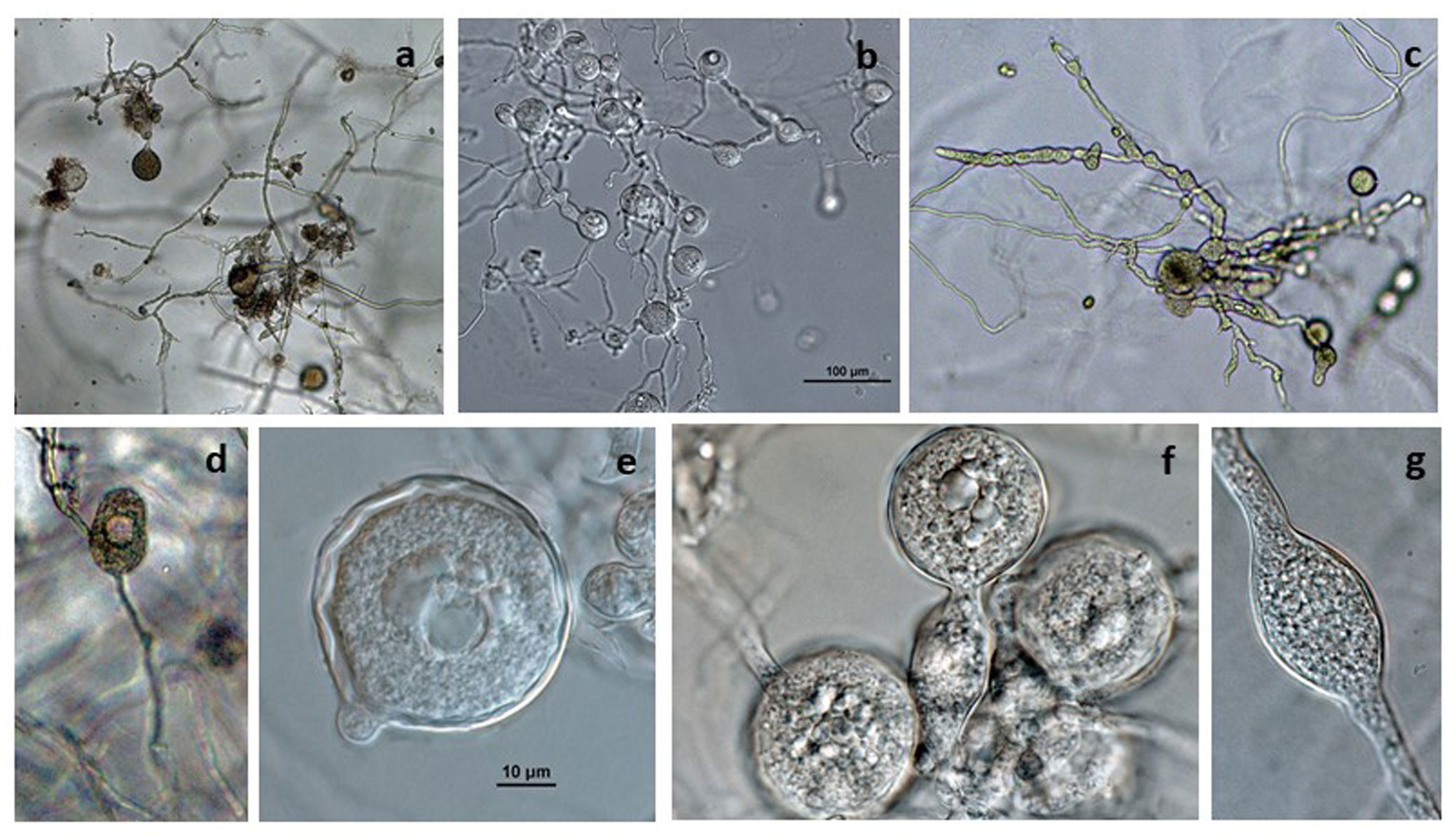 Phytophthora gallica (CPHST BL 35) asexual phase of the ex-type producing chlamydosporesnbsp;and hyphal swellings, and (d) nonpapillate persistent sporangium; photos by Gloria Abad USDA-APHIS-PPQ.
Phytophthora gallica (CPHST BL 35) asexual phase of the ex-type producing chlamydosporesnbsp;and hyphal swellings, and (d) nonpapillate persistent sporangium; photos by Gloria Abad USDA-APHIS-PPQ.
Phytophthora gallica (CPHST BL 35) asexual phase of the ex-type producing chlamydospores and hyphal swellings, and (d) nonpapillate persistent sporangium; photos by Gloria Abad USDA-APHIS-PPQ.
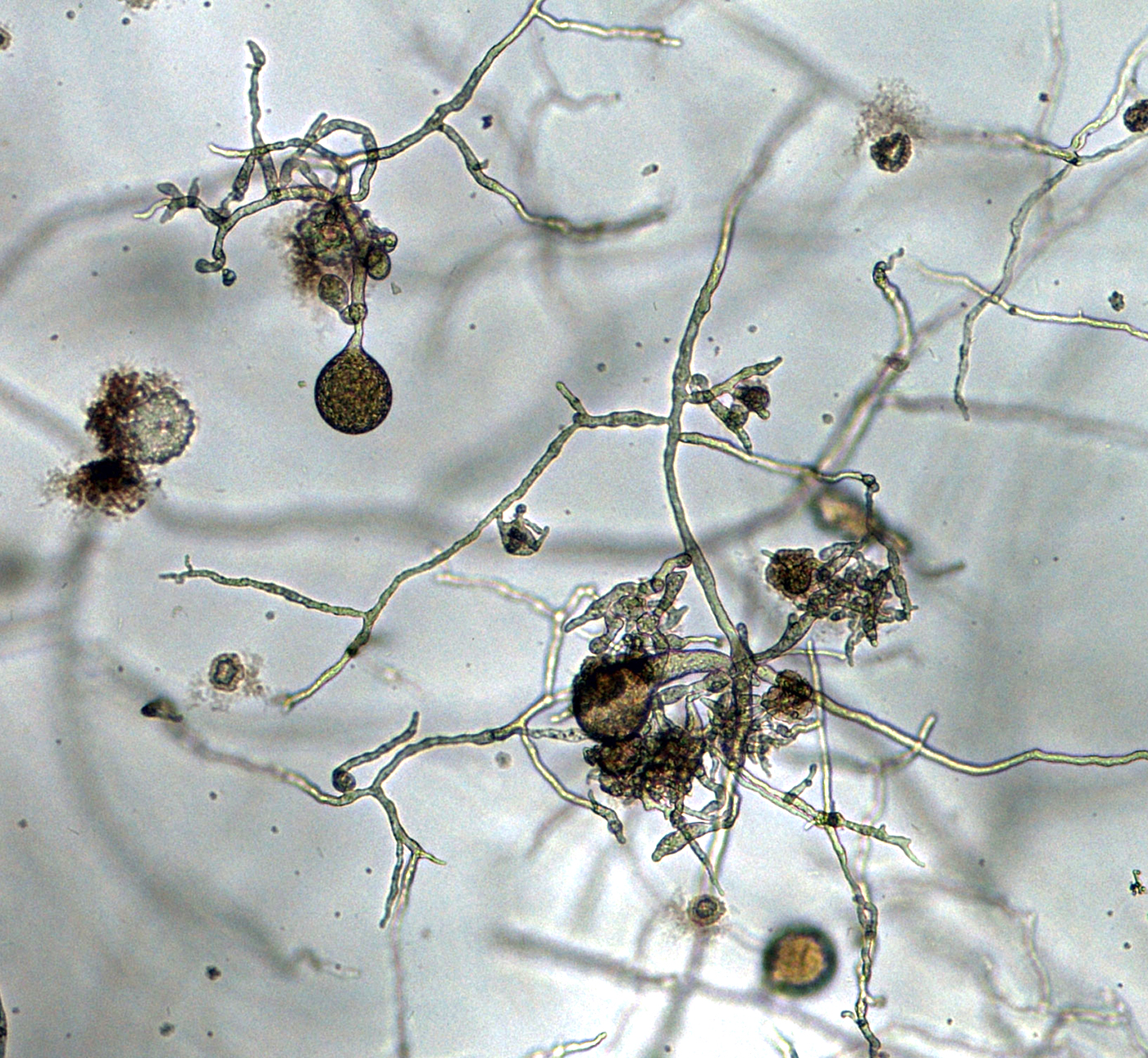 Phytophthora gallica (CPHST BL 35) asexual phase of the ex-type producing chlamydospores and hyphal swellings; photo by Gloria Abad USDA-APHIS-PPQ.
Phytophthora gallica (CPHST BL 35) asexual phase of the ex-type producing chlamydospores and hyphal swellings; photo by Gloria Abad USDA-APHIS-PPQ.
Phytophthora gallica (CPHST BL 35) asexual phase of the ex-type producing chlamydospores and hyphal swellings; photo by Gloria Abad USDA-APHIS-PPQ.
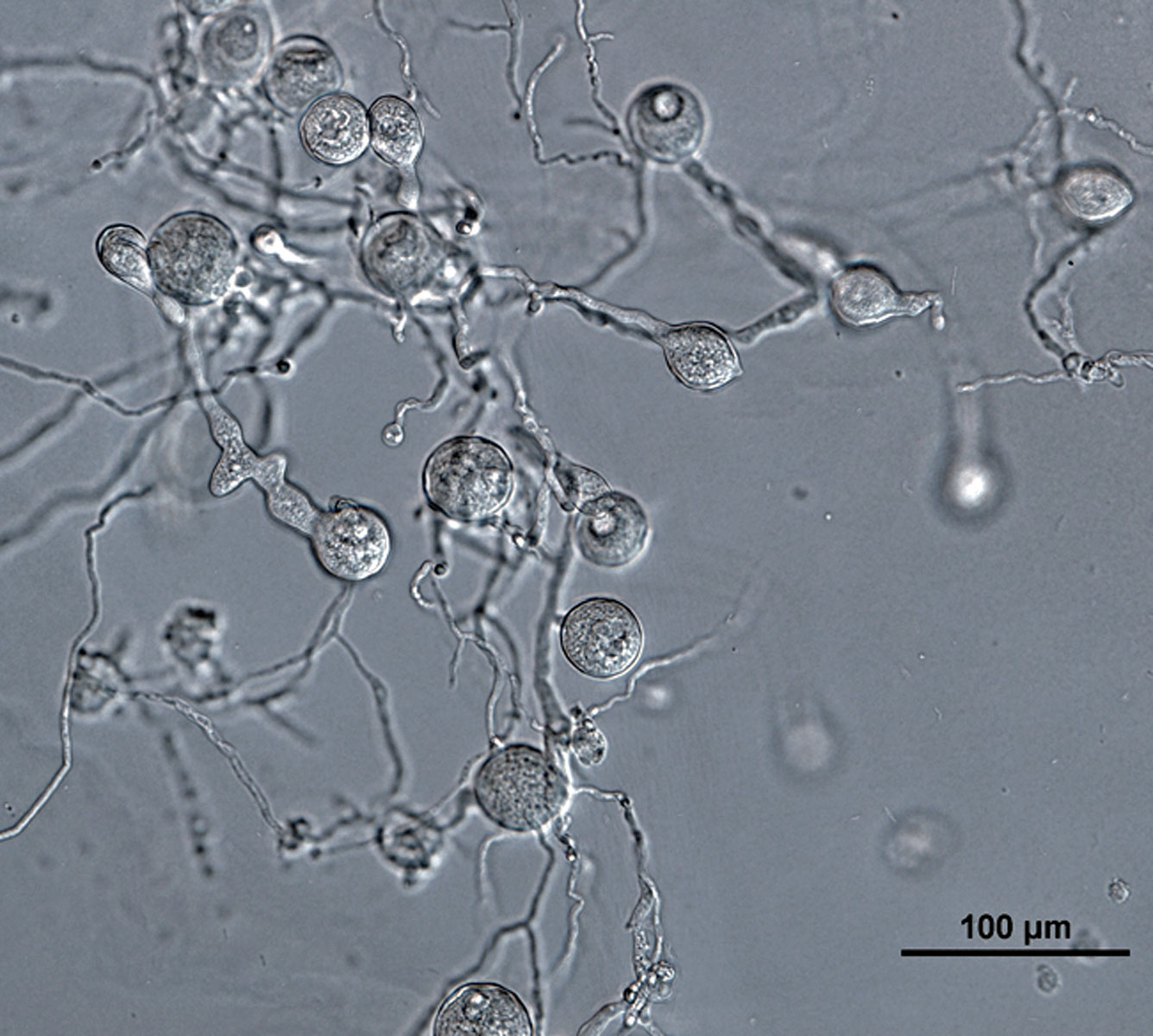 Phytophthora gallica (CPHST BL 35) asexual phase of the ex-type producing chlamydospores and hyphal swellings; photo by Gloria Abad USDA-APHIS-PPQ.
Phytophthora gallica (CPHST BL 35) asexual phase of the ex-type producing chlamydospores and hyphal swellings; photo by Gloria Abad USDA-APHIS-PPQ.
Phytophthora gallica (CPHST BL 35) asexual phase of the ex-type producing chlamydospores and hyphal swellings; photo by Gloria Abad USDA-APHIS-PPQ.
 Phytophthora gallica (CPHST BL 35) asexual phase of the ex-type producing chlamydospores and hyphal swellings; photo by Gloria Abad USDA-APHIS-PPQ.
Phytophthora gallica (CPHST BL 35) asexual phase of the ex-type producing chlamydospores and hyphal swellings; photo by Gloria Abad USDA-APHIS-PPQ.
Phytophthora gallica (CPHST BL 35) asexual phase of the ex-type producing chlamydospores and hyphal swellings; photo by Gloria Abad USDA-APHIS-PPQ.
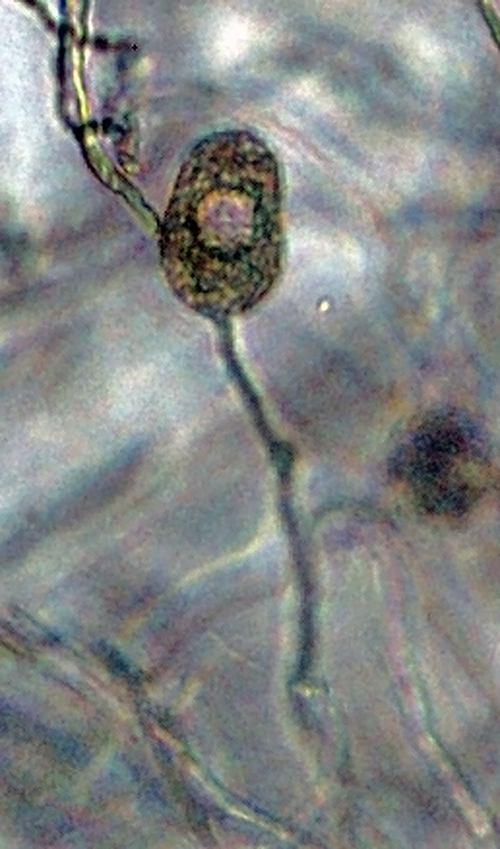 Phytophthora gallica (CPHST BL 35) asexual phase of the ex-type producing a nonpapillate persistent sporangium; photo by Gloria Abad USDA-APHIS-PPQ.
Phytophthora gallica (CPHST BL 35) asexual phase of the ex-type producing a nonpapillate persistent sporangium; photo by Gloria Abad USDA-APHIS-PPQ.
Phytophthora gallica (CPHST BL 35) asexual phase of the ex-type producing a nonpapillate persistent sporangium; photo by Gloria Abad USDA-APHIS-PPQ.
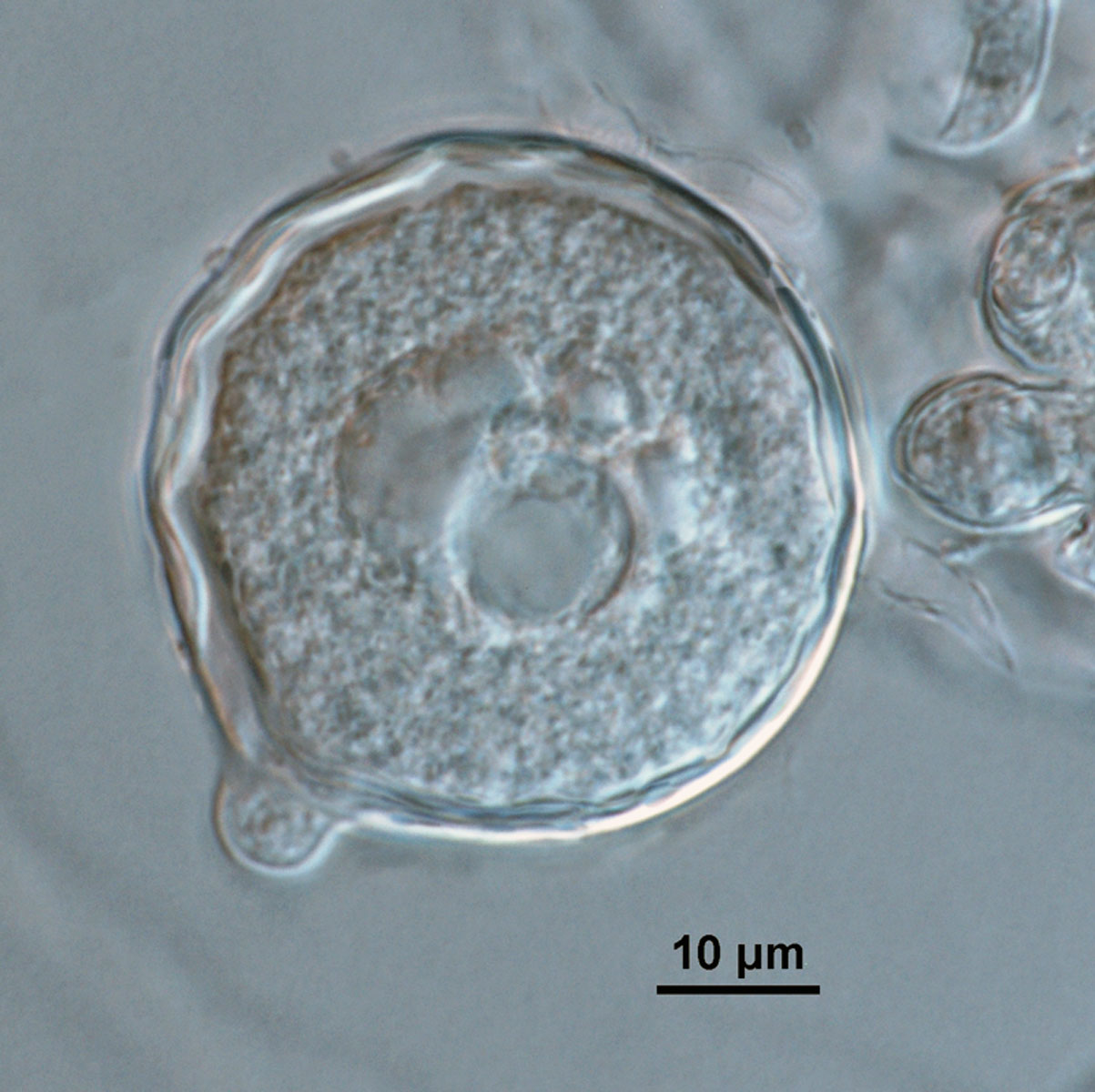 Phytophthora gallica (CPHST BL 35) asexual phase of the ex-type: chlamydospore; photo by Gloria Abad USDA-APHIS-PPQ.
Phytophthora gallica (CPHST BL 35) asexual phase of the ex-type: chlamydospore; photo by Gloria Abad USDA-APHIS-PPQ.
Phytophthora gallica (CPHST BL 35) asexual phase of the ex-type: chlamydospore; photo by Gloria Abad USDA-APHIS-PPQ.
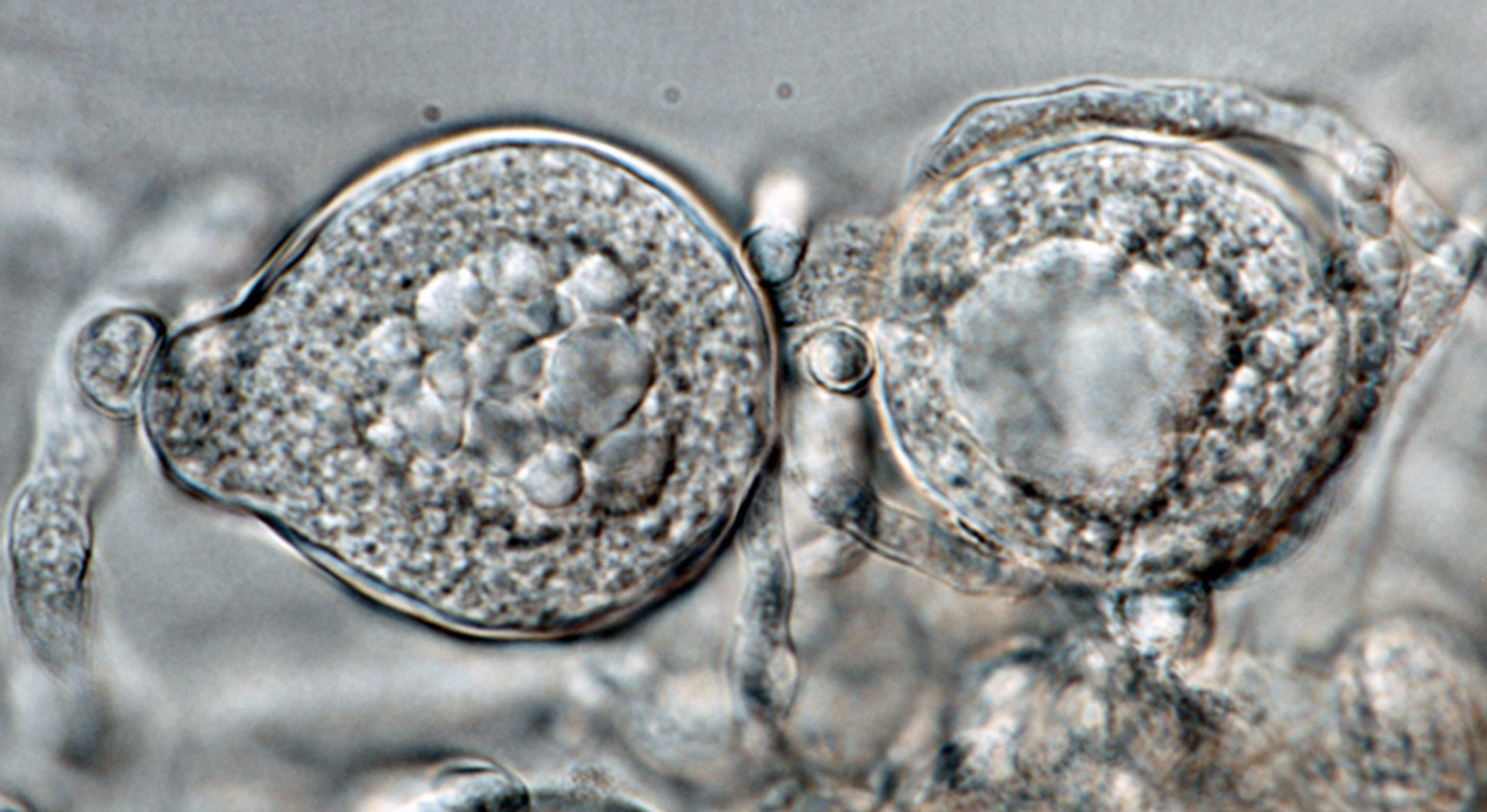 Phytophthora gallica nbsp;(CPHST BL 35) asexual phase of the ex-type producingnbsp;chlamydospores; photo by Gloria Abad USDA-APHIS-PPQ.
Phytophthora gallica nbsp;(CPHST BL 35) asexual phase of the ex-type producingnbsp;chlamydospores; photo by Gloria Abad USDA-APHIS-PPQ.
Phytophthora gallica (CPHST BL 35) asexual phase of the ex-type producing chlamydospores; photo by Gloria Abad USDA-APHIS-PPQ.
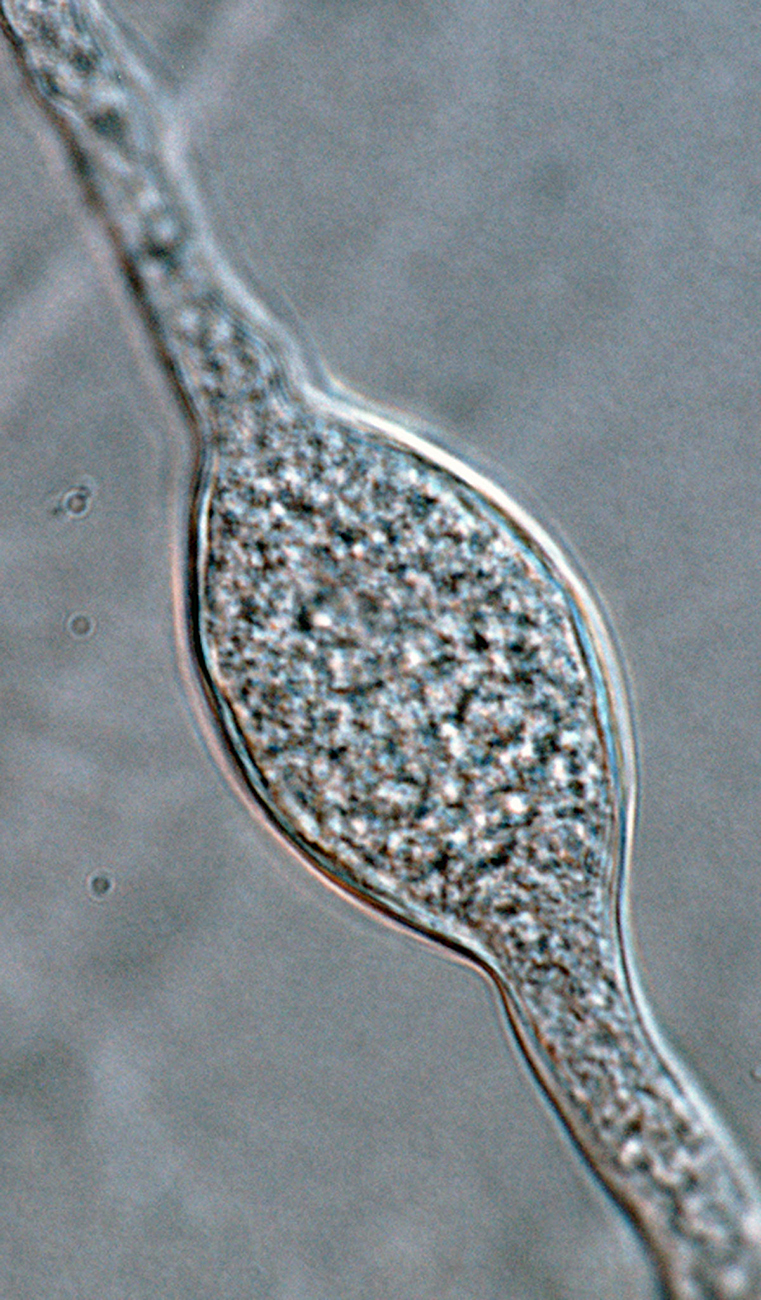 Phytophthora gallica (CPHST BL 35) asexual phase of the ex-type producingnbsp;a hyphal swelling; photo by Gloria Abad USDA-APHIS-PPQ.
Phytophthora gallica (CPHST BL 35) asexual phase of the ex-type producingnbsp;a hyphal swelling; photo by Gloria Abad USDA-APHIS-PPQ.
Phytophthora gallica (CPHST BL 35) asexual phase of the ex-type producing a hyphal swelling; photo by Gloria Abad USDA-APHIS-PPQ.
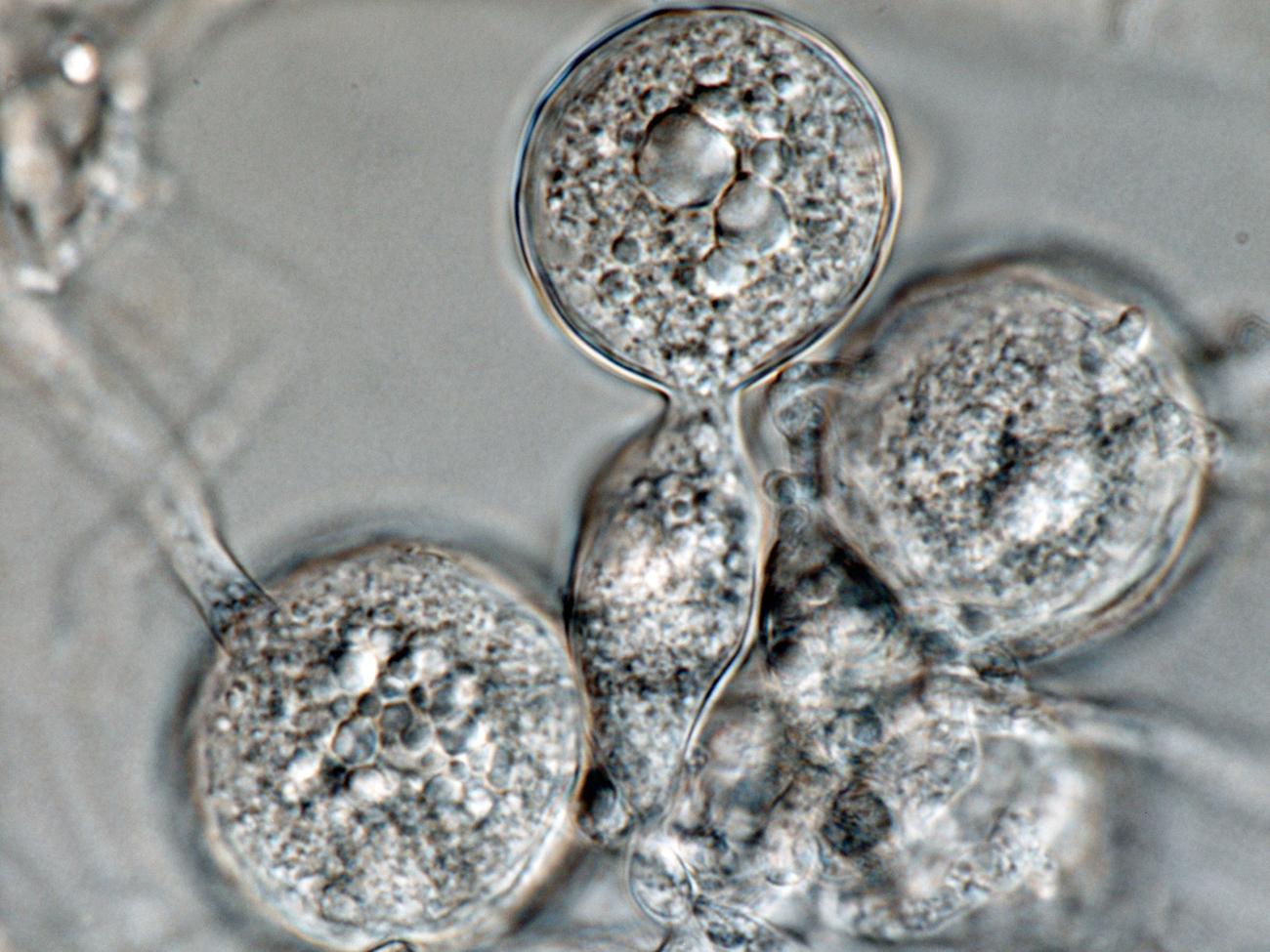 Phytophthora gallica nbsp;(CPHST BL 35) asexual phase of the ex-type producingnbsp;chlamydospores; photo by Gloria Abad USDA-APHIS-PPQ.
Phytophthora gallica nbsp;(CPHST BL 35) asexual phase of the ex-type producingnbsp;chlamydospores; photo by Gloria Abad USDA-APHIS-PPQ.
Phytophthora gallica (CPHST BL 35) asexual phase of the ex-type producing chlamydospores; photo by Gloria Abad USDA-APHIS-PPQ.
Phytophthora spp. in subclade 6a: portion of the seven-loci ML phylogeny featuring the type cultures of 212 described species (by T. Bourret). Notice the position of P. gemini Ex-type CBS 123381 = S&T BL 97. Gloria Abad, USDA S&T.
Phytophthora spp. in subclade 6a: Morphological Tabular key (PDF) and Tabular key legends (PDF) in IDphy2 KEY SECTION. Notice the data of P. gemini Ex-type CBS 123381 = S&T BL 97. Gloria Abad, USDA S&T.
Phytophthora spp. in subclade 2b: portion of the seven-loci ML phylogeny featuring the type cultures of 212 described species (by T. Bourret). Notice the position of P. gloveri Ex-type CBS 121969= S&T BL 36. Gloria Abad, USDA S&T.
Phytophthora spp. in subclade 2b: Morphological Tabular key (PDF) and Tabular key legends (PDF) in IDphy2 KEY SECTION. Notice the data of P. gloveri Ex-type CBS 121969= S&T BL 36. Gloria Abad, USDA S&T.
 Phytophthora gibbosa colonies grown for 7 days at 20deg;C on: (a) V8reg; agar (b) carrot agar (c) malt extract agar (d) potato-dextrose agar
Phytophthora gibbosa colonies grown for 7 days at 20deg;C on: (a) V8reg; agar (b) carrot agar (c) malt extract agar (d) potato-dextrose agar
Phytophthora gibbosa colonies grown for 7 days at 20°C on: (a) V8® agar (b) carrot agar (c) malt extract agar (d) potato-dextrose agar
 mature sporangia formed on V8 agar flooded with soil extract: (a-b) ovoid semipapillate sporangia, (c) obpyriform sporangium with nonpapillate pointed apex, (d) nonpapillate ellipsoid sporangium, (e) empty limoniform sporangium showing internal extended proliferation, (f) intercalary hyphal swellings originating from undeveloped sporangia; scale bar = 25 micro;m
mature sporangia formed on V8 agar flooded with soil extract: (a-b) ovoid semipapillate sporangia, (c) obpyriform sporangium with nonpapillate pointed apex, (d) nonpapillate ellipsoid sporangium, (e) empty limoniform sporangium showing internal extended proliferation, (f) intercalary hyphal swellings originating from undeveloped sporangia; scale bar = 25 micro;m
mature sporangia formed on V8 agar flooded with soil extract: (a-b) ovoid semipapillate sporangia, (c) obpyriform sporangium with nonpapillate pointed apex, (d) nonpapillate ellipsoid sporangium, (e) empty limoniform sporangium showing internal extended proliferation, (f) intercalary hyphal swellings originating from undeveloped sporangia; scale bar = 25 µm
 (a-d) mature often bronze-brown oogonia with amphigynous antheridia and thick-walled aplerotic oospores each containing a large ooplast: (a) smooth-walled, (b-c) ornamented gibbose oogonia, (d) gibbose golden-brown oogonium aborted before oospore formation; scale bar = 25 mu;m
(a-d) mature often bronze-brown oogonia with amphigynous antheridia and thick-walled aplerotic oospores each containing a large ooplast: (a) smooth-walled, (b-c) ornamented gibbose oogonia, (d) gibbose golden-brown oogonium aborted before oospore formation; scale bar = 25 mu;m
(a-d) mature often bronze-brown oogonia with amphigynous antheridia and thick-walled aplerotic oospores each containing a large ooplast: (a) smooth-walled, (b-c) ornamented gibbose oogonia, (d) gibbose golden-brown oogonium aborted before oospore formation; scale bar = 25 μm
Phytophthora spp. in subclade 2b: portion of the seven-loci ML phylogeny featuring the type cultures of 212 described species (by T. Bourret). Notice the position of P. gloveri Ex-type CBS 121969= S&T BL 36. Gloria Abad, USDA S&T.
Phytophthora spp. in subclade 2b: Morphological Tabular key (PDF) and Tabular key legends (PDF) in IDphy2 KEY SECTION. Notice the data of P. gloveri Ex-type CBS 121969= S&T BL 36. Gloria Abad, USDA S&T.
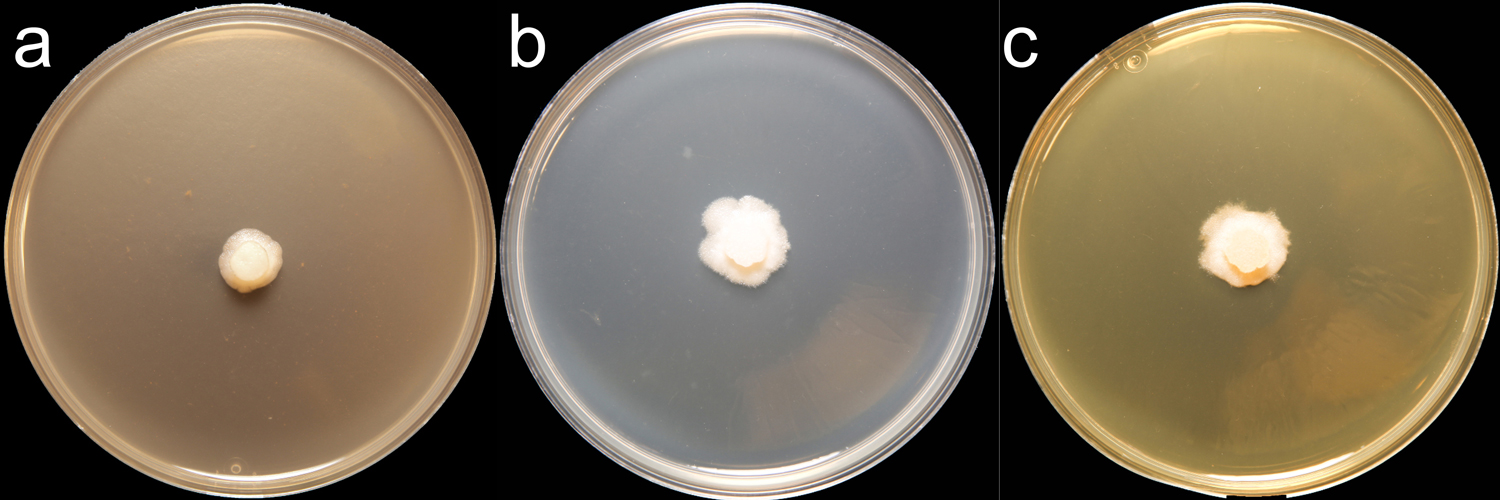 Phytophthora glovera (CPHST BL 36) colonies of the ex-type grown for 7 days on (a) V8reg; Agar, (b) potato dextrose agar, and (c) malt extract agar; photo by Krysta Jennings and Leandra Knight, USDA-APHIS-PPQ
Phytophthora glovera (CPHST BL 36) colonies of the ex-type grown for 7 days on (a) V8reg; Agar, (b) potato dextrose agar, and (c) malt extract agar; photo by Krysta Jennings and Leandra Knight, USDA-APHIS-PPQ
Phytophthora glovera (CPHST BL 36) colonies of the ex-type grown for 7 days on (a) V8® Agar, (b) potato dextrose agar, and (c) malt extract agar; photo by Krysta Jennings and Leandra Knight, USDA-APHIS-PPQ
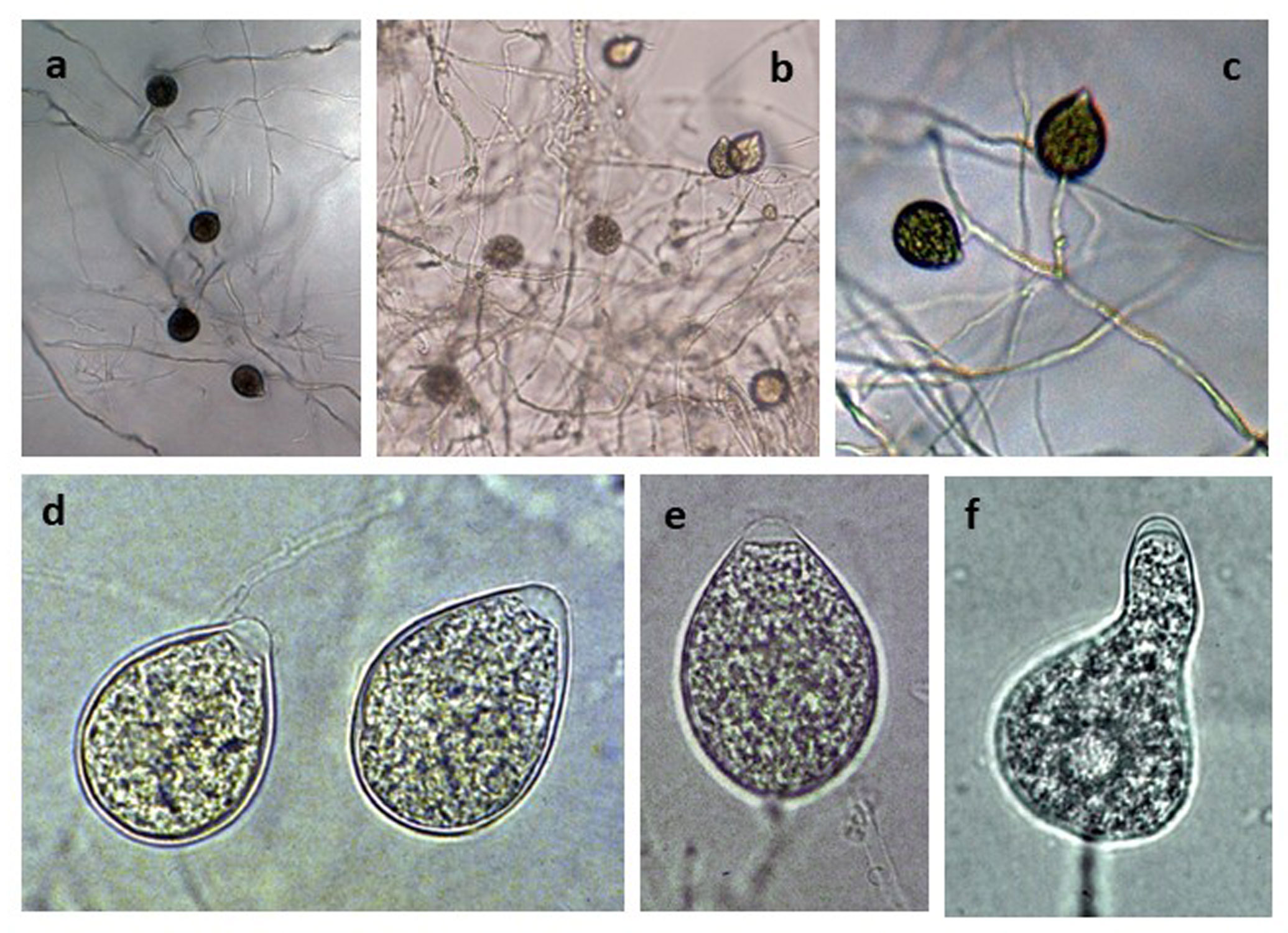 Phytophthora glovera (CPHST BL 36) asexual phase of the ex-type: (andash;c) sporangia produced in simple sympodial sporangiphores, (dndash;e) different shapes of semipapillate persistent sporangia; photos by Gloria Abad, USDA-APHIS-PPQ.
Phytophthora glovera (CPHST BL 36) asexual phase of the ex-type: (andash;c) sporangia produced in simple sympodial sporangiphores, (dndash;e) different shapes of semipapillate persistent sporangia; photos by Gloria Abad, USDA-APHIS-PPQ.
Phytophthora glovera (CPHST BL 36) asexual phase of the ex-type: (a–c) sporangia produced in simple sympodial sporangiphores, (d–e) different shapes of semipapillate persistent sporangia; photos by Gloria Abad, USDA-APHIS-PPQ.
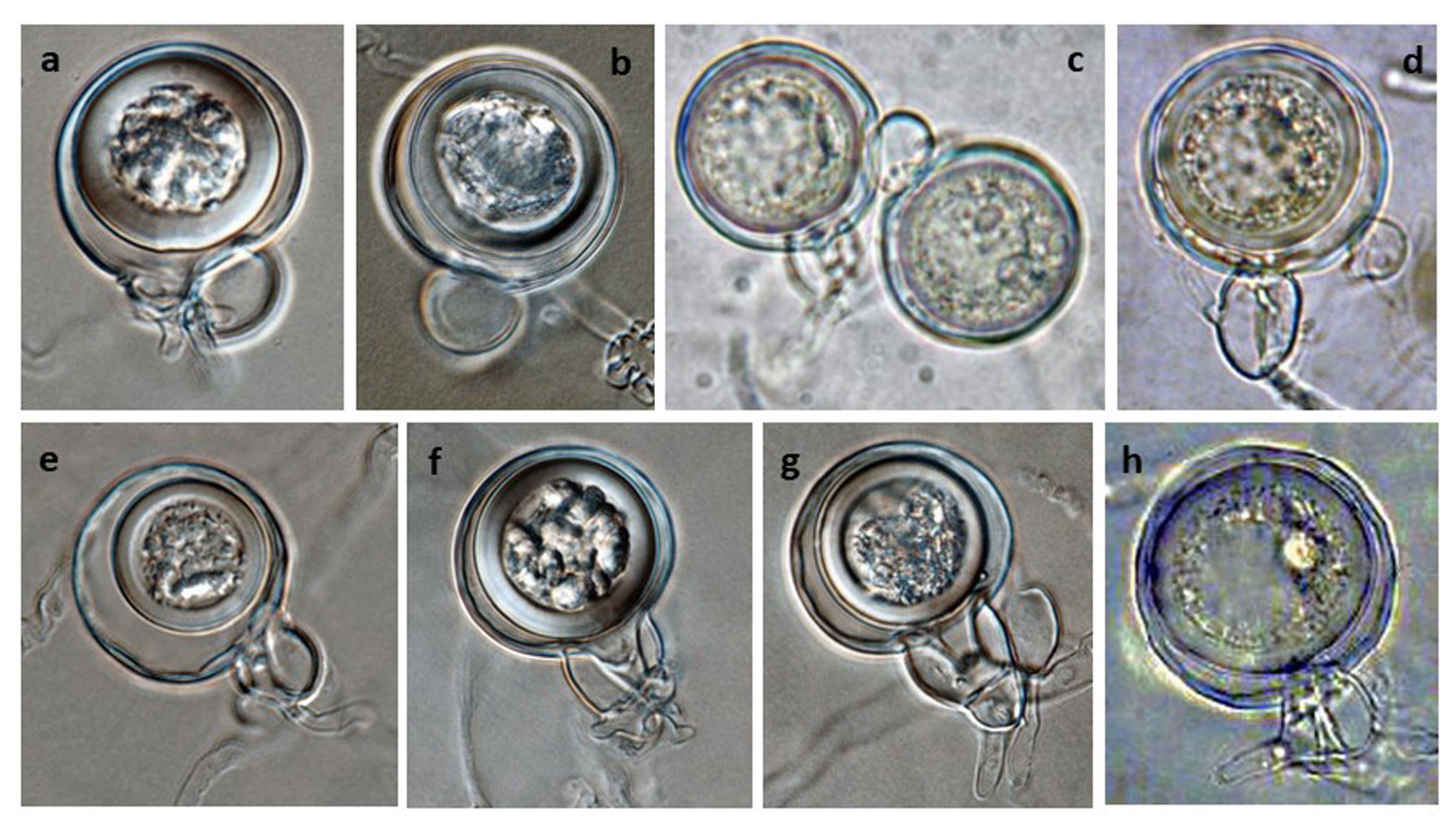 Phytophthora glovera (CPHST BL 36) sexual phase of the ex-type: (andash;h) smooth oogonia with aplerotic oospores, and (a, b) paragynous antheridia, (c, d) amphyginous and paragynous antheridia, (endash;h) amphyginous antheridia, (g, h) antheridia with finger-like projections; photos by Gloria Abad, USDA-APHIS-PPQ.
Phytophthora glovera (CPHST BL 36) sexual phase of the ex-type: (andash;h) smooth oogonia with aplerotic oospores, and (a, b) paragynous antheridia, (c, d) amphyginous and paragynous antheridia, (endash;h) amphyginous antheridia, (g, h) antheridia with finger-like projections; photos by Gloria Abad, USDA-APHIS-PPQ.
Phytophthora glovera (CPHST BL 36) sexual phase of the ex-type: (a–h) smooth oogonia with aplerotic oospores, and (a, b) paragynous antheridia, (c, d) amphyginous and paragynous antheridia, (e–h) amphyginous antheridia, (g, h) antheridia with finger-like projections; photos by Gloria Abad, USDA-APHIS-PPQ.
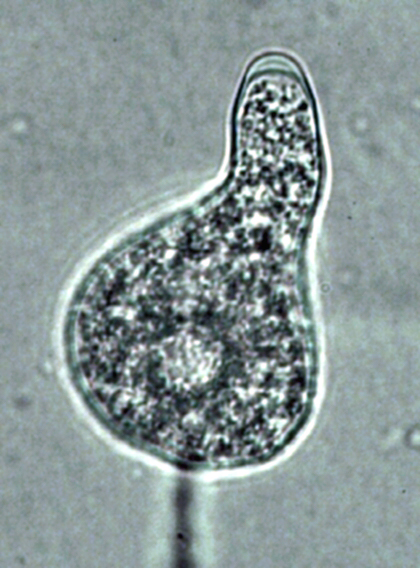 Phytophthora glovera nbsp;(CPHST BL 36) asexual phase of the ex-type: obpyriform semipapillate persistent sporangium; photonbsp;by Gloria Abad, USDA-APHIS-PPQ.
Phytophthora glovera nbsp;(CPHST BL 36) asexual phase of the ex-type: obpyriform semipapillate persistent sporangium; photonbsp;by Gloria Abad, USDA-APHIS-PPQ.
Phytophthora glovera (CPHST BL 36) asexual phase of the ex-type: obpyriform semipapillate persistent sporangium; photo by Gloria Abad, USDA-APHIS-PPQ.
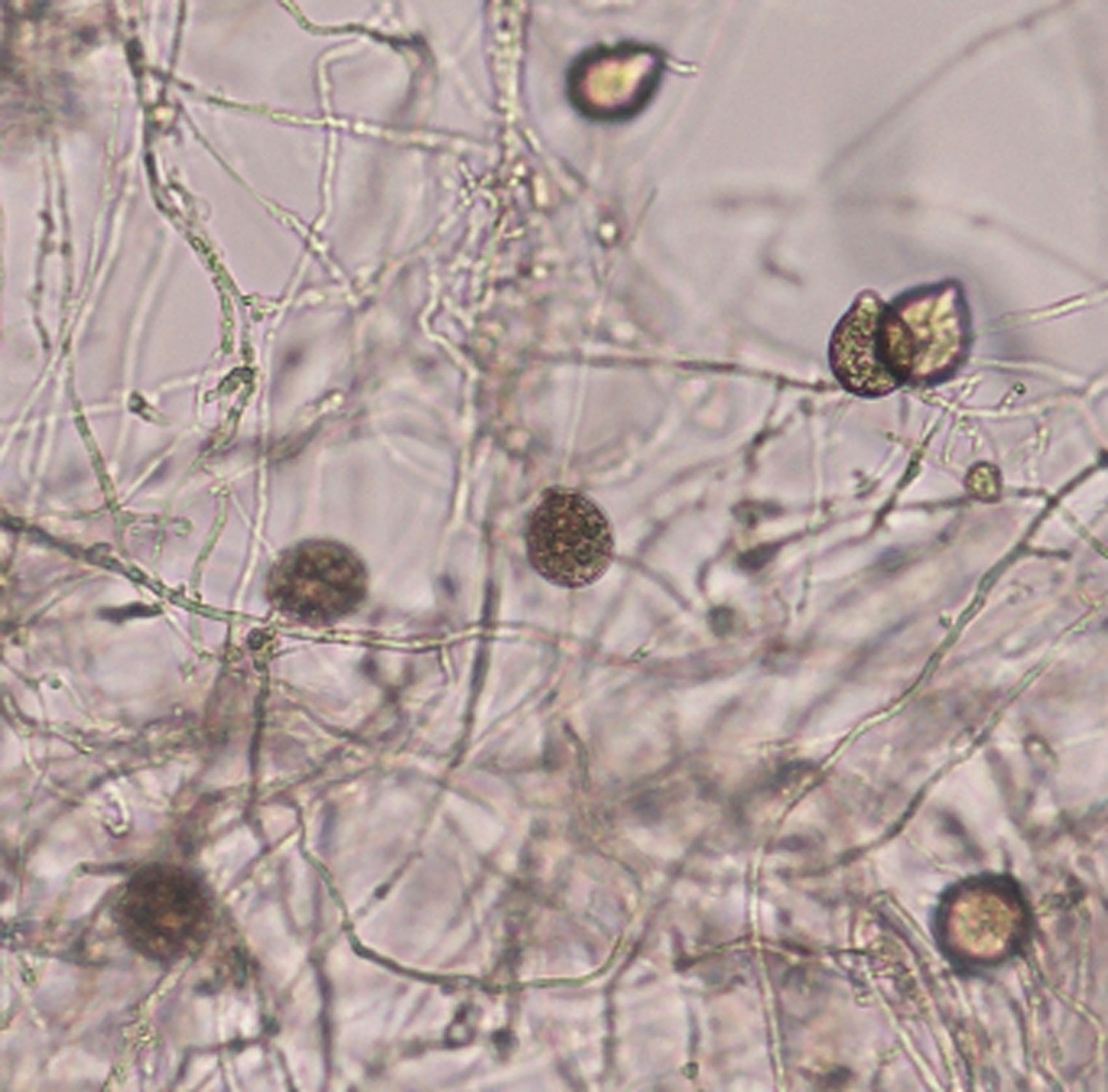 Phytophthora glovera (CPHST BL 36) asexual phase of the ex-type: sporangia produced in simple sympodial sporangiphores; photo by Gloria Abad, USDA-APHIS-PPQ.
Phytophthora glovera (CPHST BL 36) asexual phase of the ex-type: sporangia produced in simple sympodial sporangiphores; photo by Gloria Abad, USDA-APHIS-PPQ.
Phytophthora glovera (CPHST BL 36) asexual phase of the ex-type: sporangia produced in simple sympodial sporangiphores; photo by Gloria Abad, USDA-APHIS-PPQ.
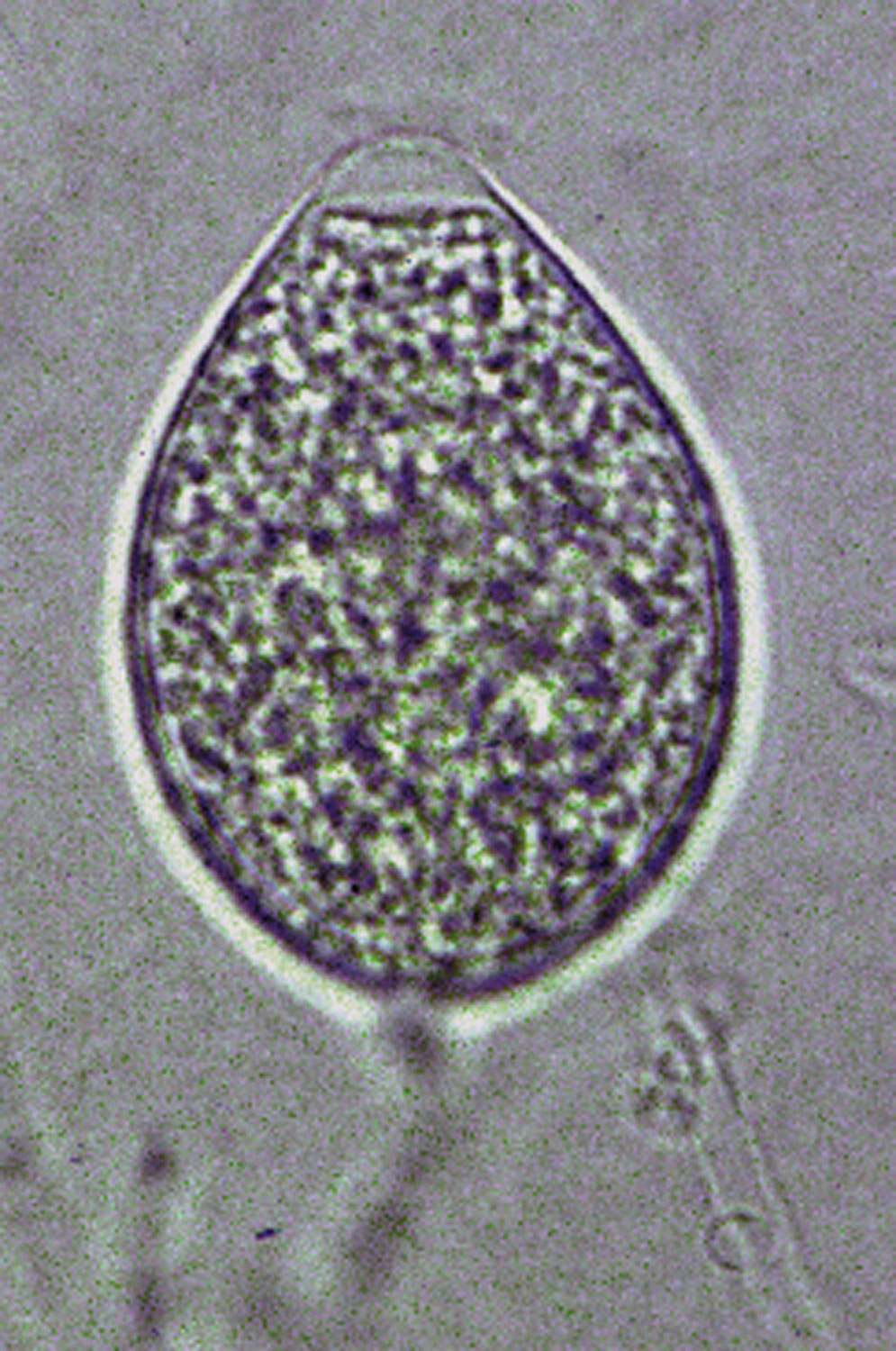 Phytophthora glovera nbsp;(CPHST BL 36) asexual phase of the ex-type: ovoid semipapillate persistent sporangium; photonbsp;by Gloria Abad, USDA-APHIS-PPQ.
Phytophthora glovera nbsp;(CPHST BL 36) asexual phase of the ex-type: ovoid semipapillate persistent sporangium; photonbsp;by Gloria Abad, USDA-APHIS-PPQ.
Phytophthora glovera (CPHST BL 36) asexual phase of the ex-type: ovoid semipapillate persistent sporangium; photo by Gloria Abad, USDA-APHIS-PPQ.
 Phytophthora glovera nbsp;(CPHST BL 36) asexual phase of the ex-type: ovoid semipapillate persistent sporangia; photonbsp;by Gloria Abad, USDA-APHIS-PPQ.
Phytophthora glovera nbsp;(CPHST BL 36) asexual phase of the ex-type: ovoid semipapillate persistent sporangia; photonbsp;by Gloria Abad, USDA-APHIS-PPQ.
Phytophthora glovera (CPHST BL 36) asexual phase of the ex-type: ovoid semipapillate persistent sporangia; photo by Gloria Abad, USDA-APHIS-PPQ.
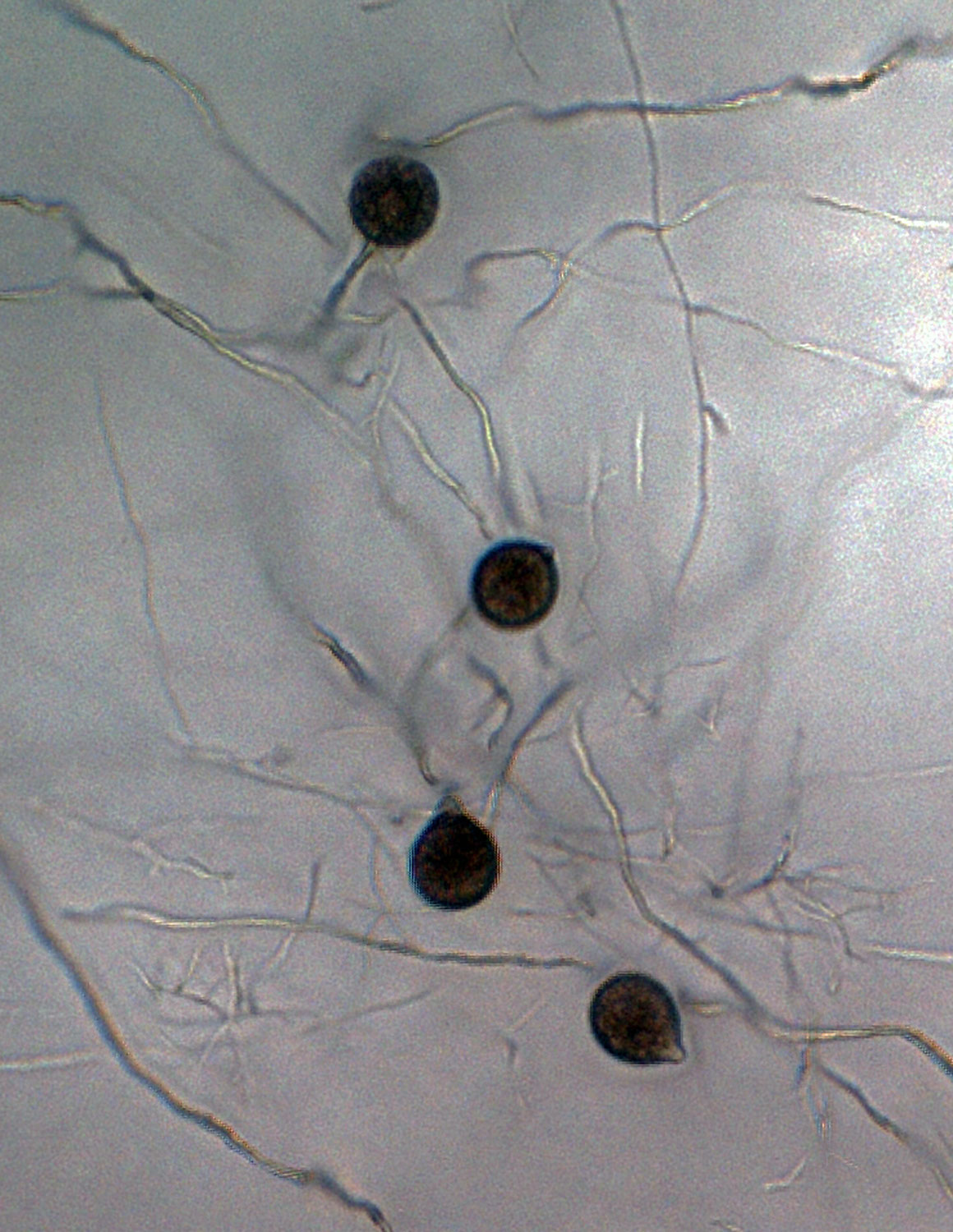 Phytophthora glovera nbsp;(CPHST BL 36) asexual phase of the ex-type: sporangia produced in simple sympodial sporangiphores; photo by Gloria Abad, USDA-APHIS-PPQ.
Phytophthora glovera nbsp;(CPHST BL 36) asexual phase of the ex-type: sporangia produced in simple sympodial sporangiphores; photo by Gloria Abad, USDA-APHIS-PPQ.
Phytophthora glovera (CPHST BL 36) asexual phase of the ex-type: sporangia produced in simple sympodial sporangiphores; photo by Gloria Abad, USDA-APHIS-PPQ.
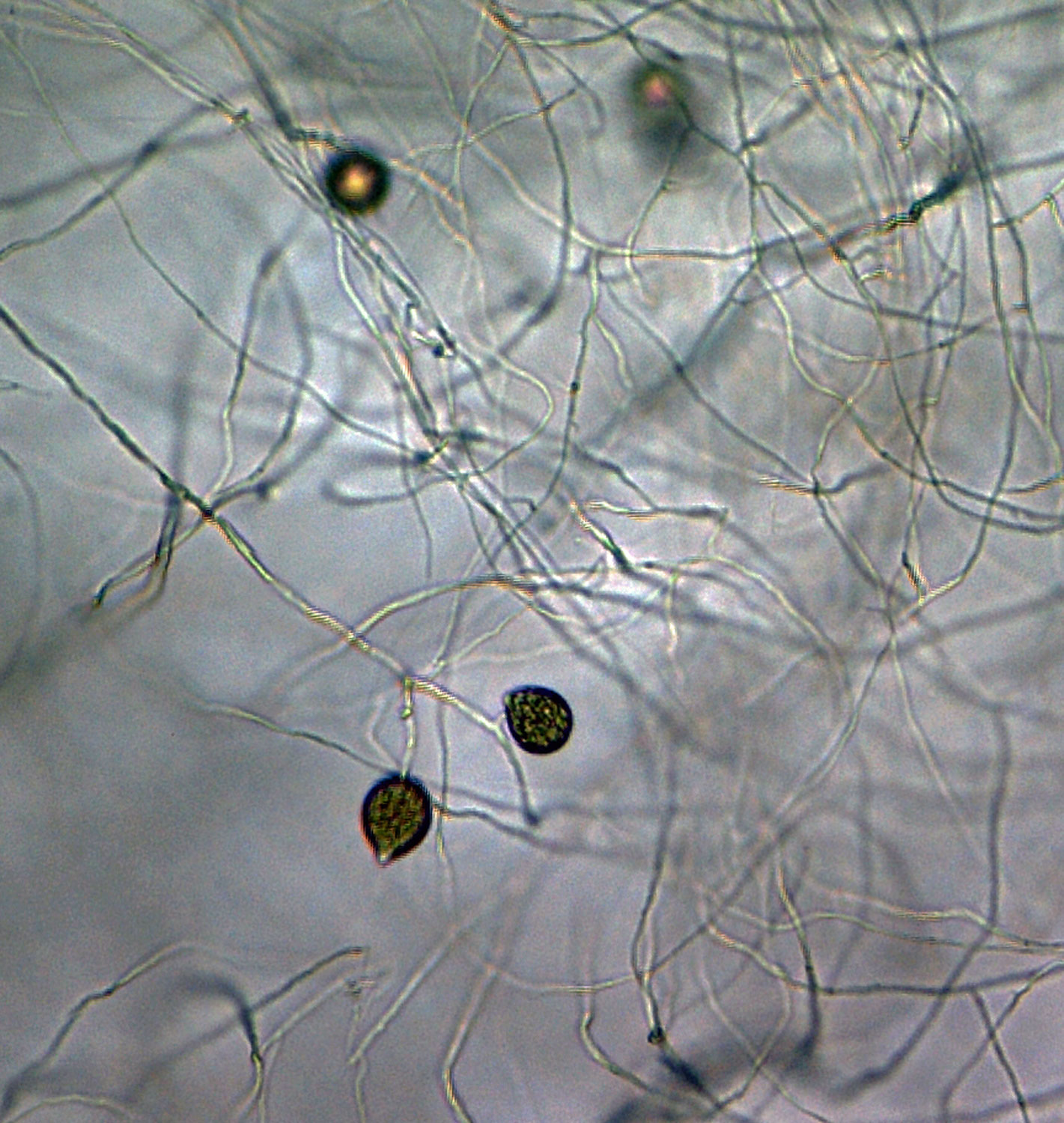 Phytophthora glovera nbsp;(CPHST BL 36) asexual phase of the ex-type: sporangia produced in simple sympodial sporangiphores; photo by Gloria Abad, USDA-APHIS-PPQ.
Phytophthora glovera nbsp;(CPHST BL 36) asexual phase of the ex-type: sporangia produced in simple sympodial sporangiphores; photo by Gloria Abad, USDA-APHIS-PPQ.
Phytophthora glovera (CPHST BL 36) asexual phase of the ex-type: sporangia produced in simple sympodial sporangiphores; photo by Gloria Abad, USDA-APHIS-PPQ.
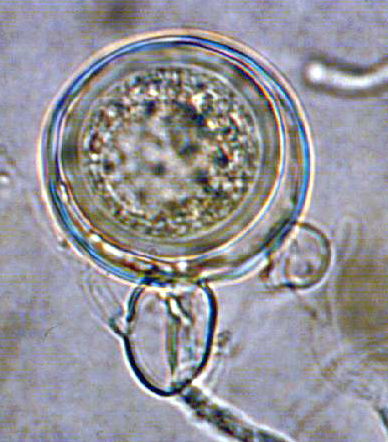 Phytophthora glovera nbsp;(CPHST BL 36) sexual phase of the ex-type: smooth oogoniumnbsp;with aplerotic oosporenbsp;andnbsp;amphigynousnbsp;antheridium; photo by Gloria Abad, USDA-APHIS-PPQ.
Phytophthora glovera nbsp;(CPHST BL 36) sexual phase of the ex-type: smooth oogoniumnbsp;with aplerotic oosporenbsp;andnbsp;amphigynousnbsp;antheridium; photo by Gloria Abad, USDA-APHIS-PPQ.
Phytophthora glovera (CPHST BL 36) sexual phase of the ex-type: smooth oogonium with aplerotic oospore and amphigynous antheridium; photo by Gloria Abad, USDA-APHIS-PPQ.
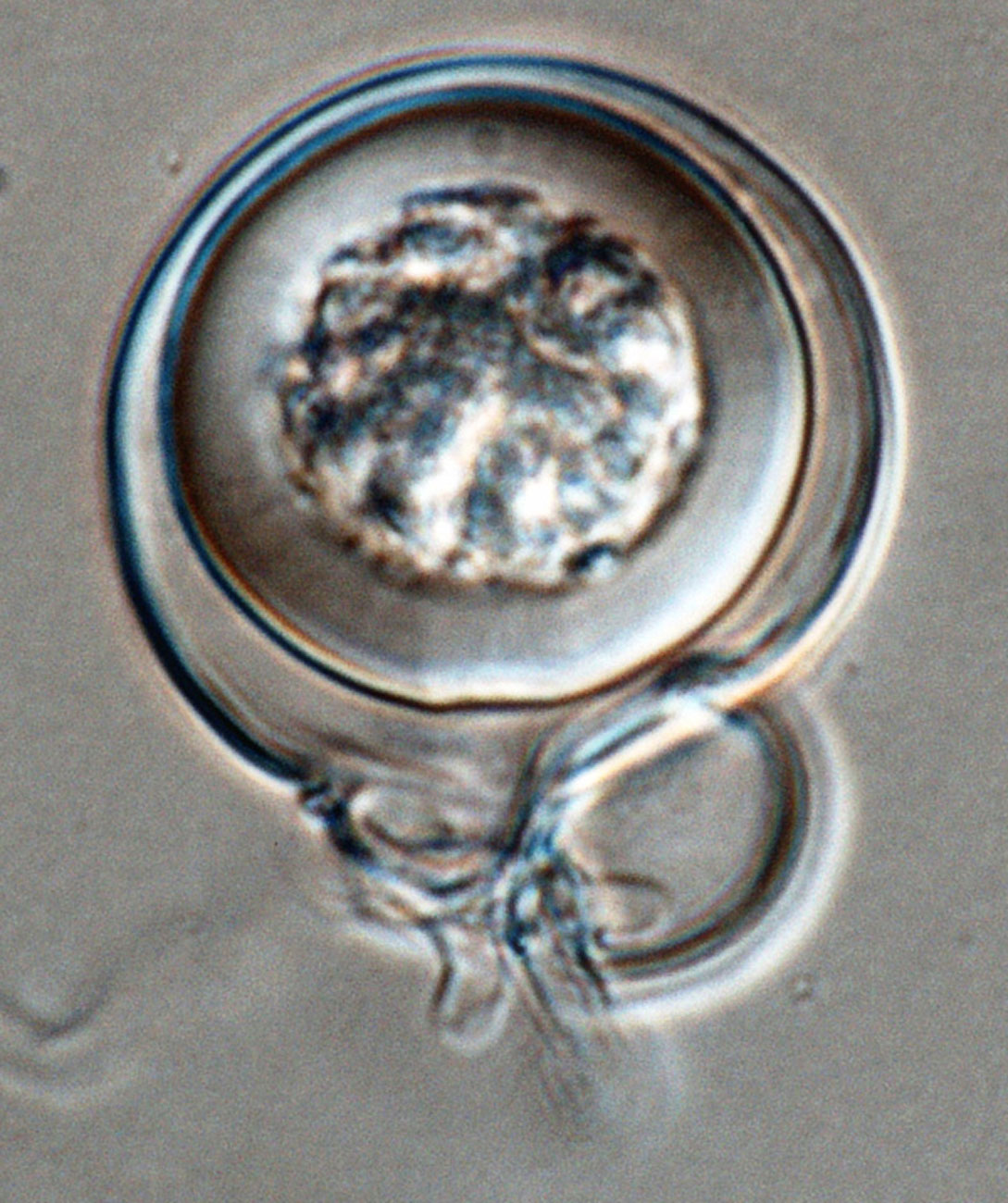 Phytophthora glovera (CPHST BL 36) sexual phase of the ex-type: smooth oogonium with aplerotic oospore, with paragynous antheridium; photo by Gloria Abad, USDA-APHIS-PPQ.
Phytophthora glovera (CPHST BL 36) sexual phase of the ex-type: smooth oogonium with aplerotic oospore, with paragynous antheridium; photo by Gloria Abad, USDA-APHIS-PPQ.
Phytophthora glovera (CPHST BL 36) sexual phase of the ex-type: smooth oogonium with aplerotic oospore, with paragynous antheridium; photo by Gloria Abad, USDA-APHIS-PPQ.
Phytophthora glovera (CPHST BL 36) sexual phase of the ex-type: smooth oogonia with aplerotic oospores and paragynous antheridia; photo by Gloria Abad, USDA-APHIS-PPQ.
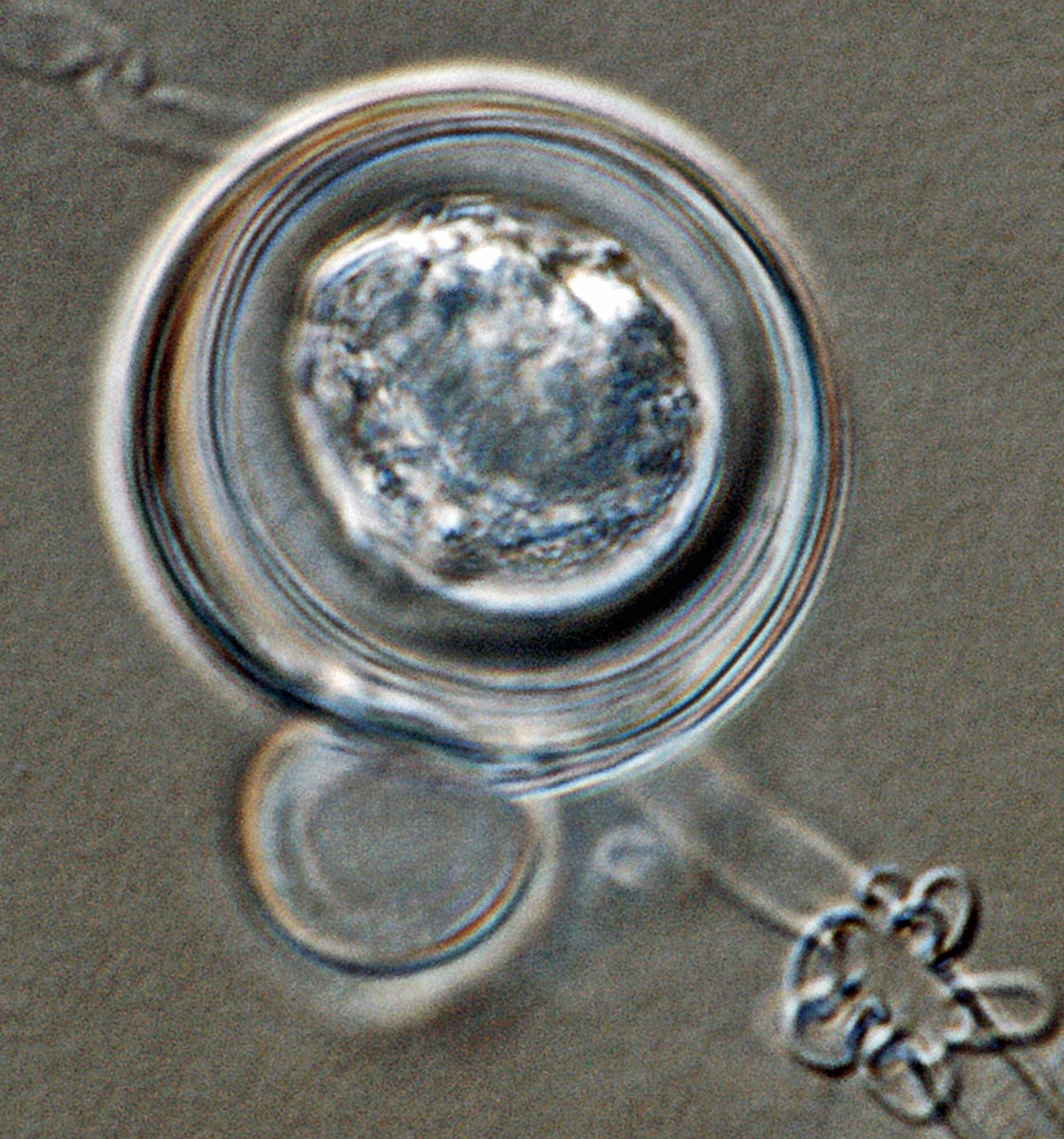 Phytophthora glovera (CPHST BL 36) sexual phase of the ex-type: smooth oogonium with aplerotic oospore, with paragynous antheridium; photo by Gloria Abad, USDA-APHIS-PPQ.
Phytophthora glovera (CPHST BL 36) sexual phase of the ex-type: smooth oogonium with aplerotic oospore, with paragynous antheridium; photo by Gloria Abad, USDA-APHIS-PPQ.
Phytophthora glovera (CPHST BL 36) sexual phase of the ex-type: smooth oogonium with aplerotic oospore, with paragynous antheridium; photo by Gloria Abad, USDA-APHIS-PPQ.

